Fibometry is an Additive Manufacturing and 3D printing startup that holds the ultimate key for tomorrow's product design. With their technology product manufacturers of all sorts, as well as industrial design studios can test custom ideas rapidly without the boundaries of mass-manufacturing. Fibometry's service range covers all types of 3D printing methods, such as SLS (Selective Laser Sintering), FFF(Fused filament Fabrication), MJF (Multi Jet Fusion), SLA (Stereolithography), DLP (Digital Light Processing), PJ (Poly Jet), MJF (Multi Jet Modeling), DMLS (Direct Metal Laser Sintering) and SLM (Selective Laser Melting). Fibometry also provides solutions for CAD Design, consultation, prototyping, Research & Development, OEM, tooling and batch production, as well as various solutions for surfacing and dye colouring.
When approached by the Fibometry team, we were entrusted by the task of creating a name, building up a visual identity and create various assets for their website UI/UX and promotion.
Fibometry as a term originates in mathematics and engineering. Mathematics, called the queen of sciences, describes the world around us and its natural phenomena in great detail. Without mathematics-based sciences, the development of technology, medicine and other fields important to us would be limited. Among many, mathematical discoveries of the outstanding Italian mathematician of the 12th and 13th centuries, Leonardo Fibonacci, are particularly interesting.
Fibonacci found and described mathematical relationships that are embodied in many areas of science, such as finance and biology. The most famous of his works is the Fibonacci sequence in which each number in the sequence is the sum of the last two numbers. The most perfect geometries created by nature in many cases are described by the Fibonacci sequence. These structures are lighter, stable and aesthetically pleasing, which often turns out to be decisive in construction and mechanics.
Only recently have engineers been finding inspiration in nature to push the boundaries of what is possible to produce. These bionic shapes are complex and therefore expensive and sometimes impossible to produce using a conventional approach. This is where 3D printing comes in, as it allows you to produce non-technological geometries without increasing costs.
The Fibometry logo is built up from two main elements, the wordmark and the symbol. The symbol has multiple meanings and references to the 3D industry. The wordmark is also modified to hold a hidden message.




The Fibometry symbol is created out of a visually transitional shape between a hexagon and a triangle. The hexagon is a commonly used shape in 3D design, as it represents honeycomb, one of nature's lightest thus strongest structure as well as symbolises living cells, the building blocks of all living creatures.
The corners of the Fibometry symbol contain three arrows (Top Left) that are references to the 3 axis of space (X, Y and Z). The containing elongated hexagon as a transitional shape also refers to a 'Play'/'Start' button (Top Right), symbolising the ease and straightforwardness of using Fibometry's services. The other elements in the symbol are standing for 3D printing as visual references to the filament layer placement of Fused Filament Fabrication, the most well-known way of additive manufacturing technology (Bottom Left).
The wordmark also contains a hidden message in the characters 'B' and 'O (Bottom Right). Thanks to the modification of these letters, in the negative space you can read 3D.

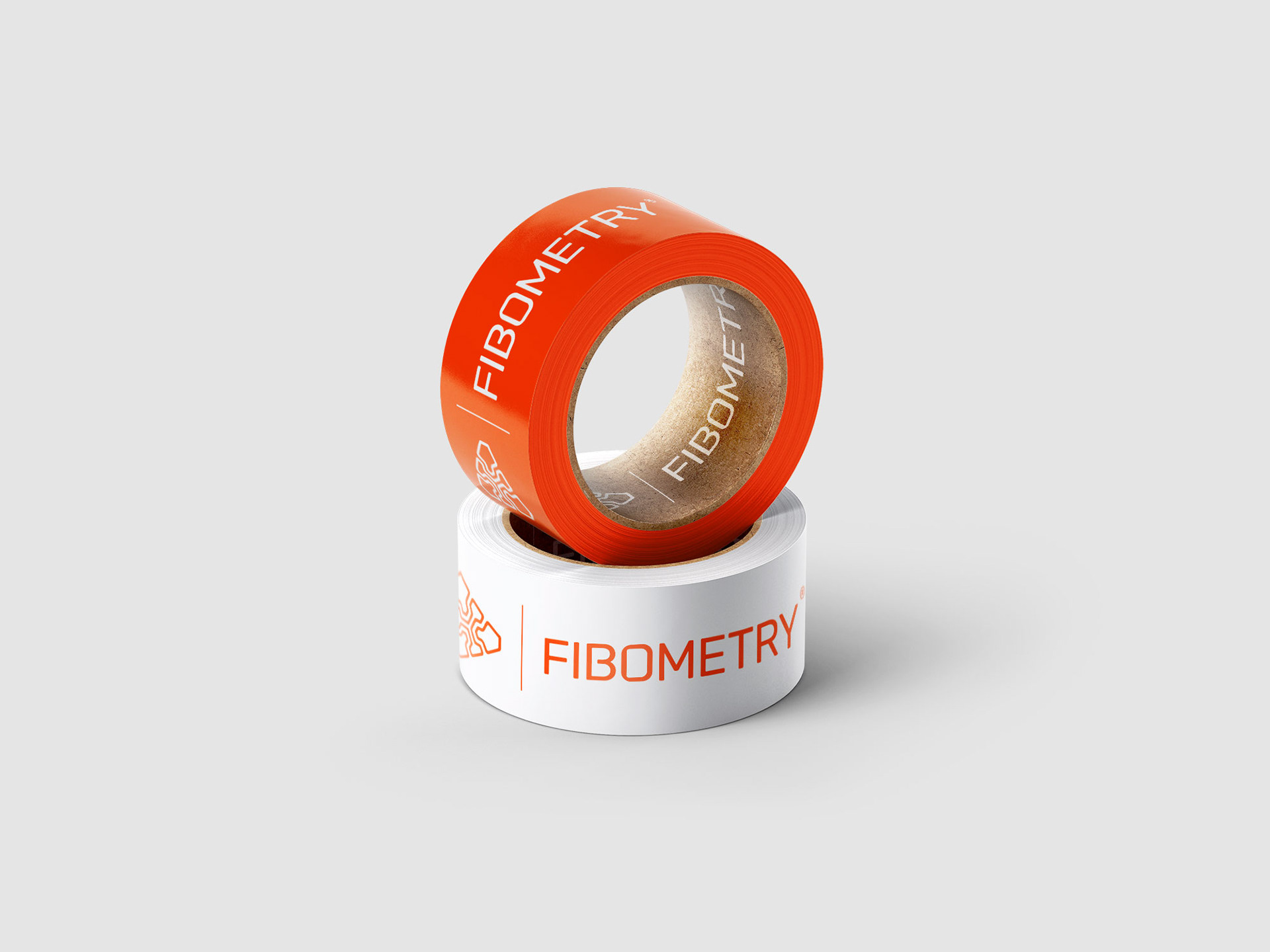
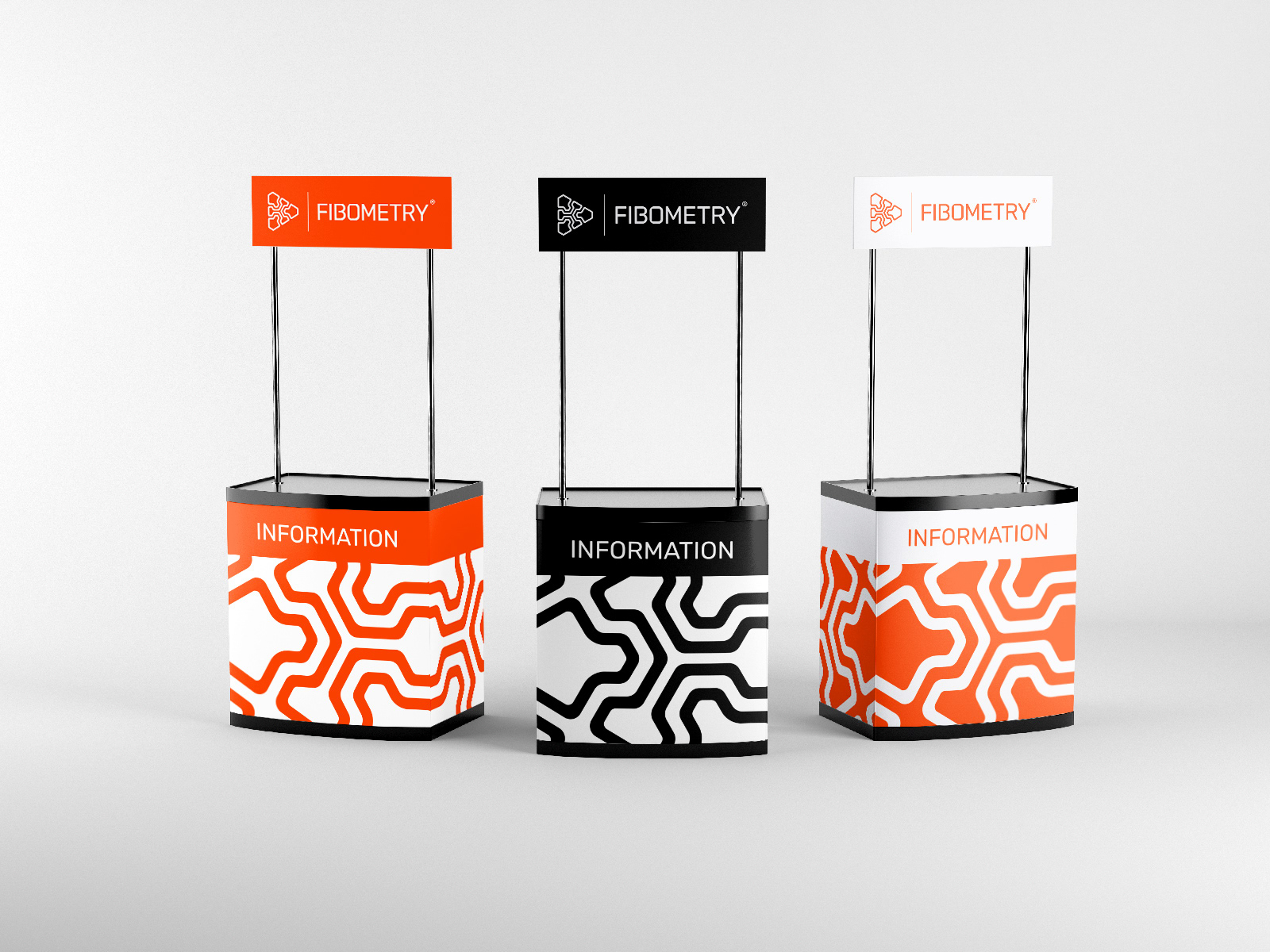
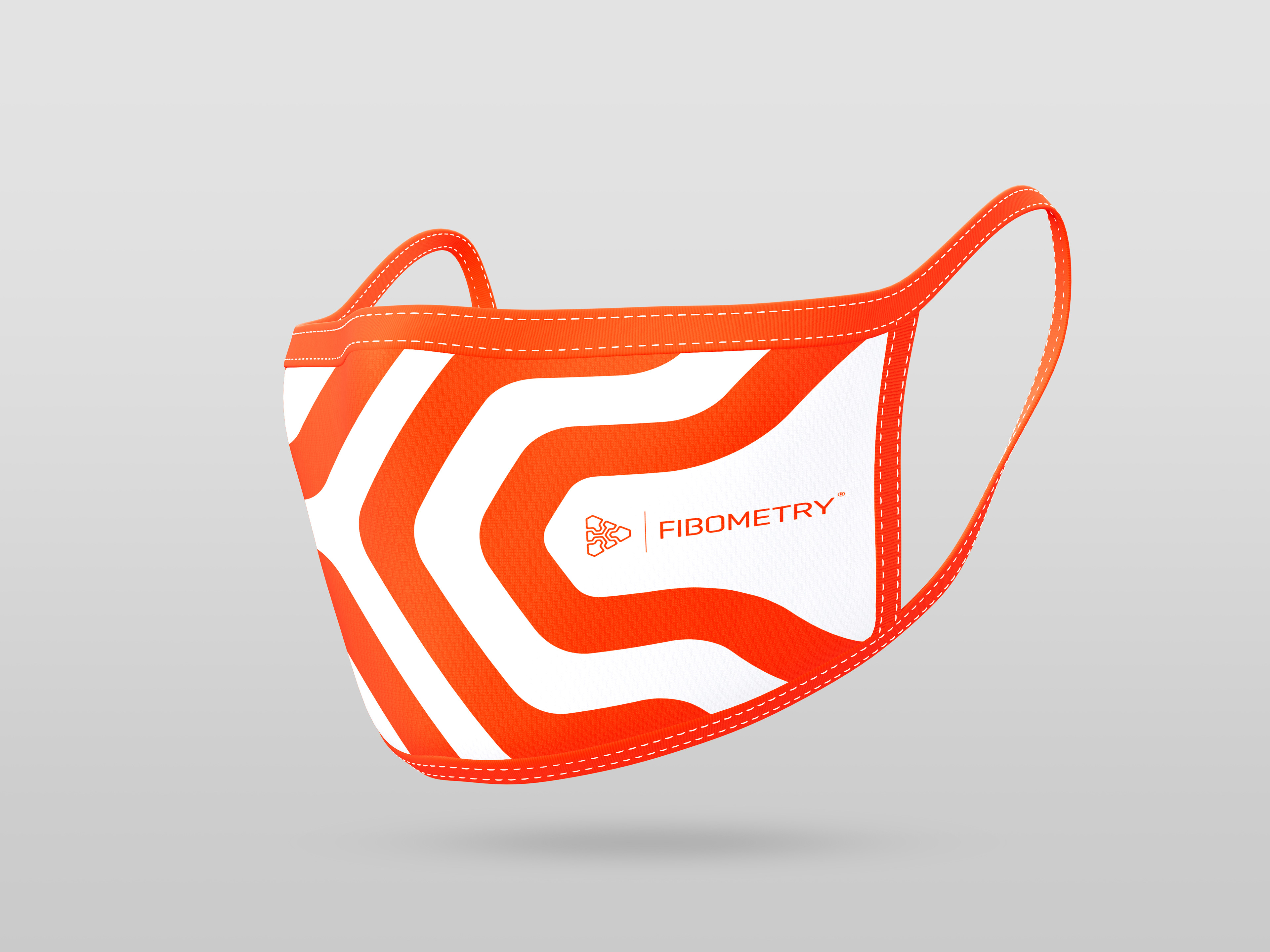

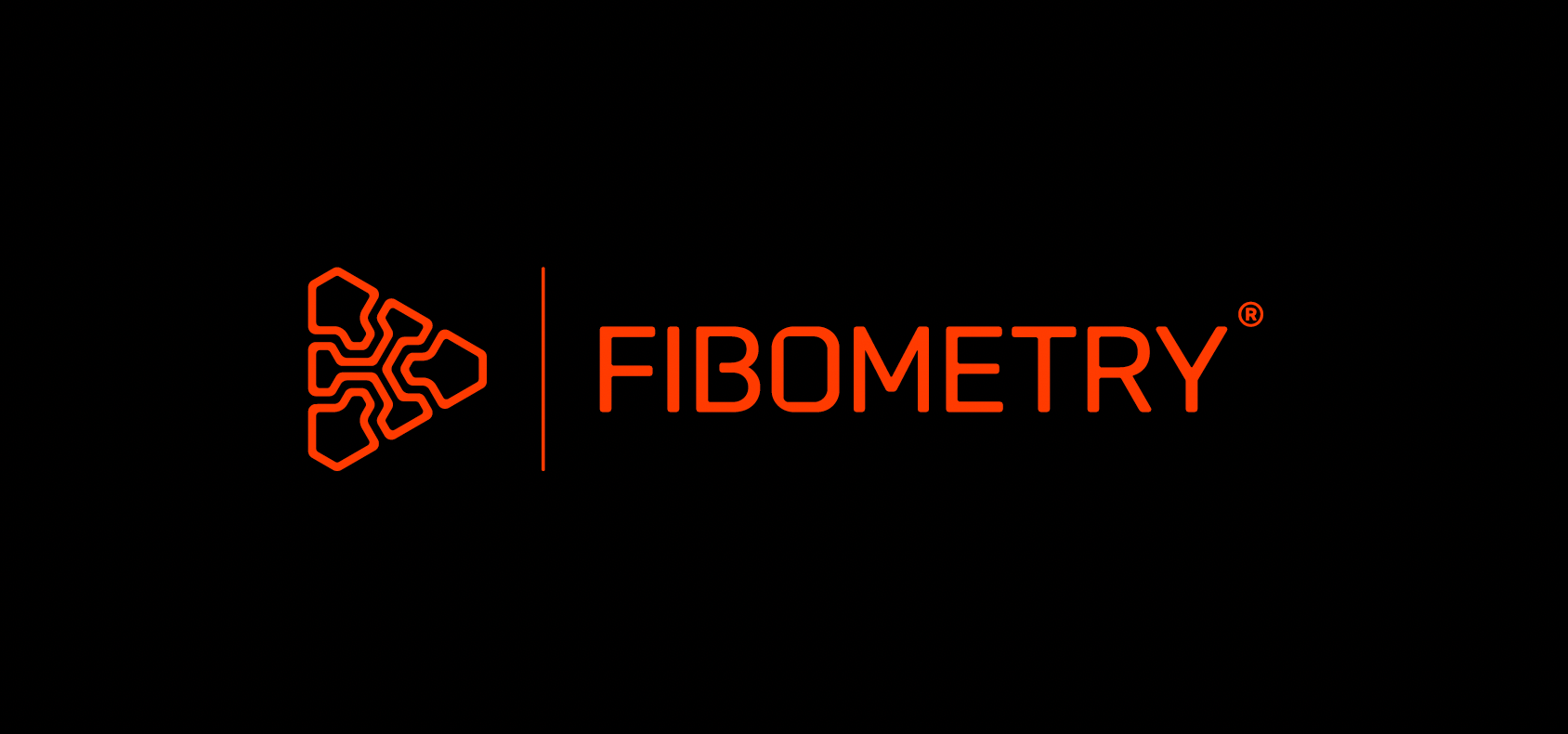

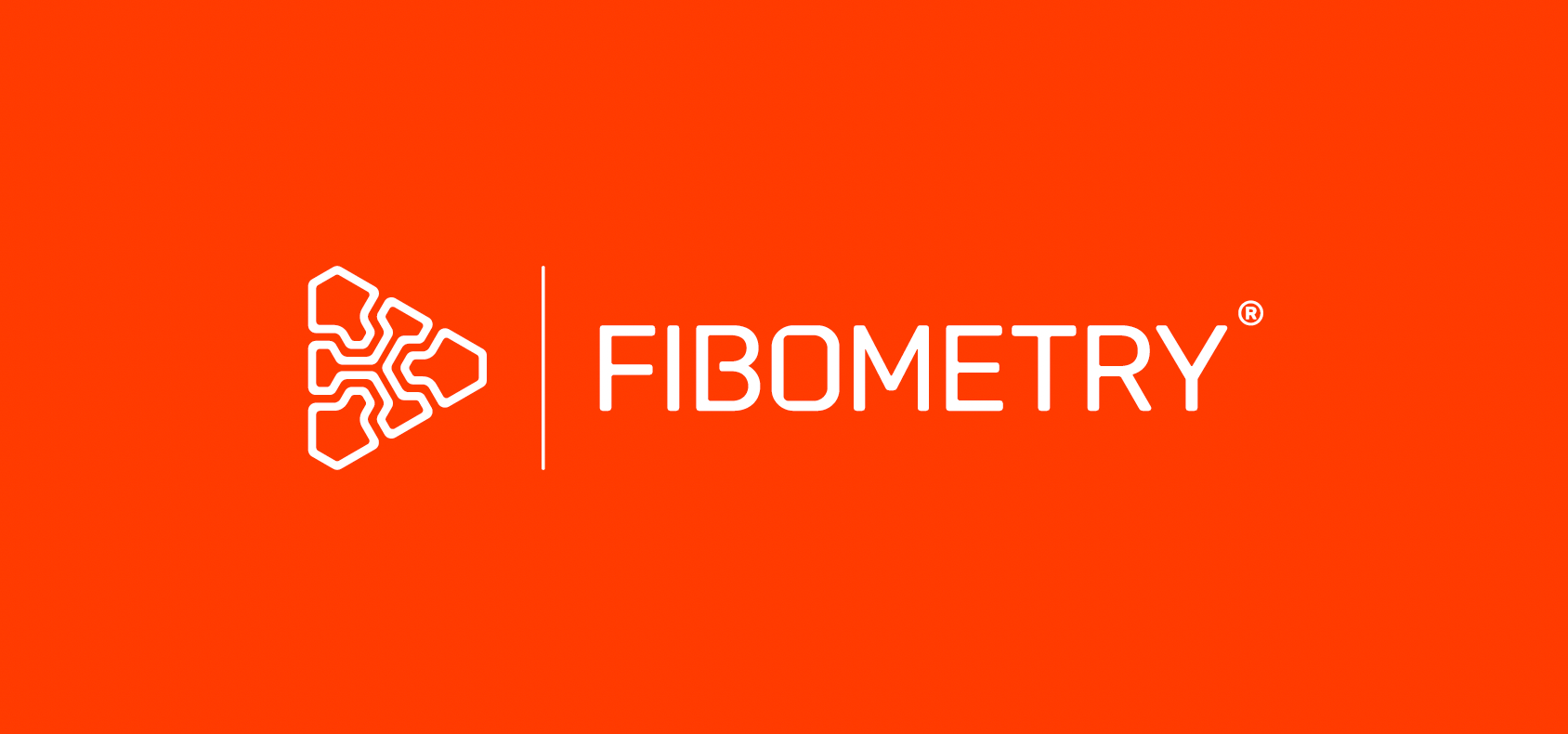
While developing the brand's visual language, one of our task was to create a simple, easily modifiable yet expressive set of icons, that can support the description of technical solutions of 3D printing and the various technologies' design principles.
This was crucial as the icon set has to be extended by the time technology also develops and allows more possibilities in design, as well as execution.
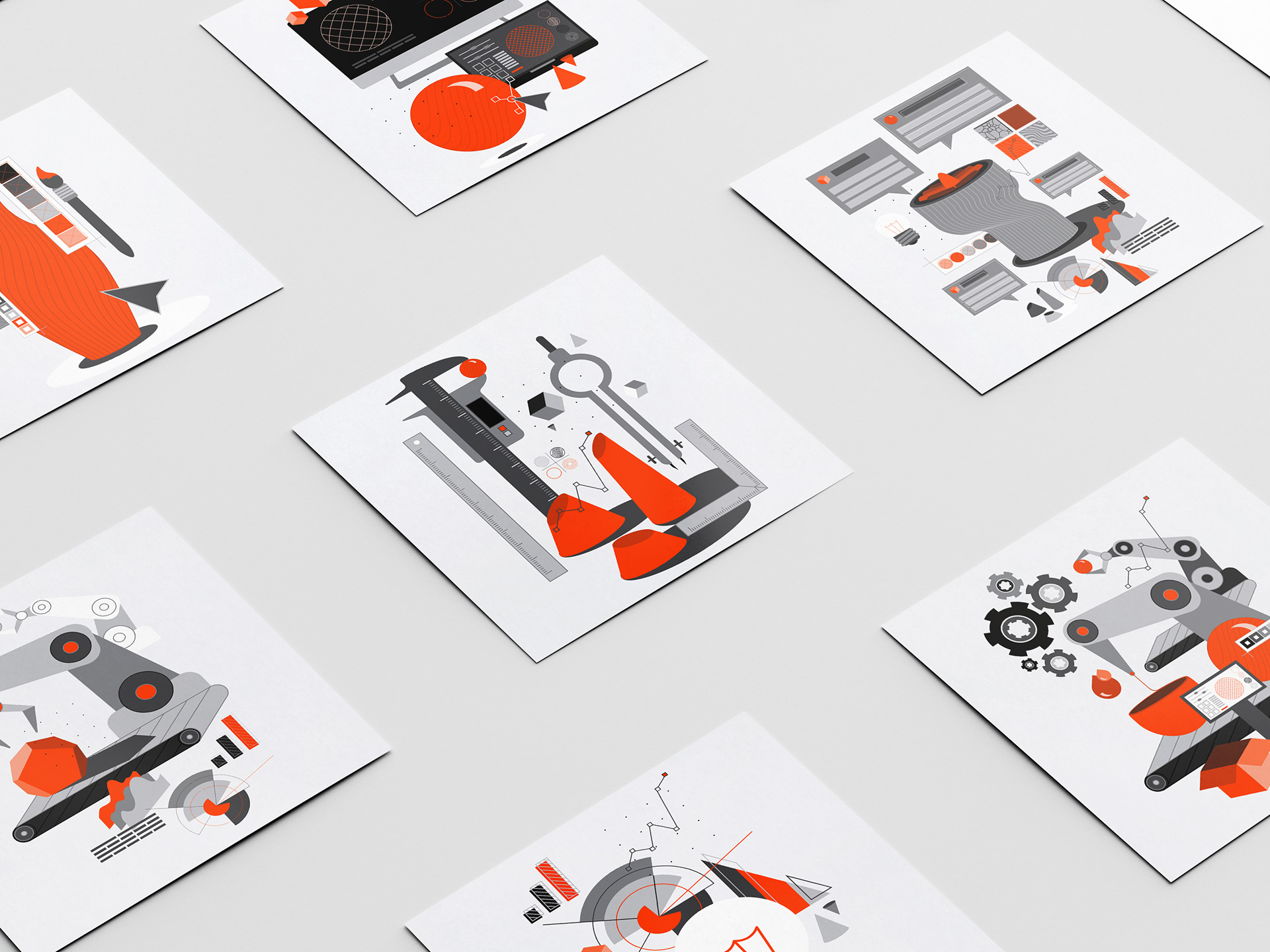

When it comes to additive manufacturing technologies, the professional terminology traditionally would go for a two, three or four lettered acronym, such as FFF, SLS, PJ, DMLS. Hence this we decided to visually translate all services and products into an illustration system that can be extended, when needed.
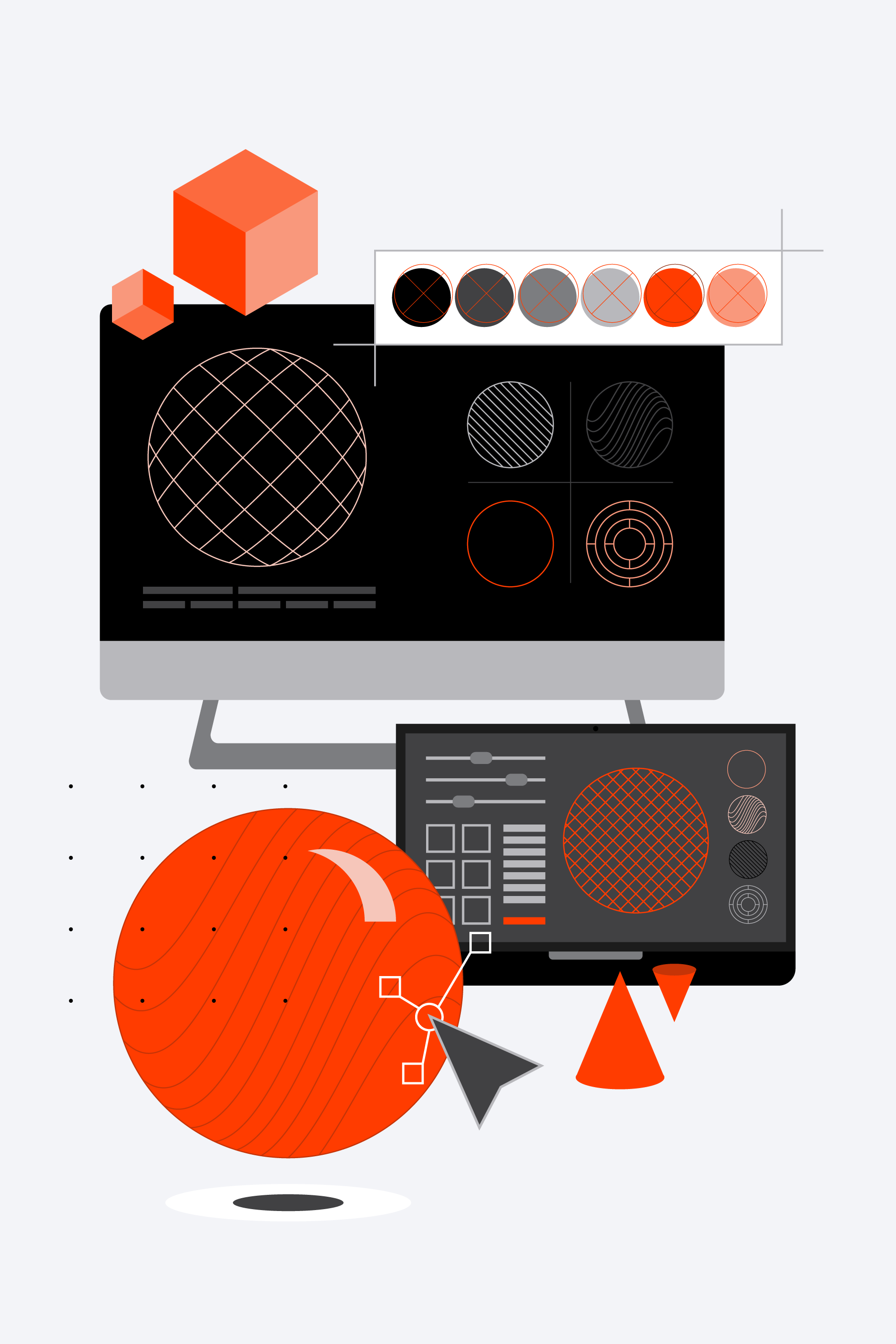
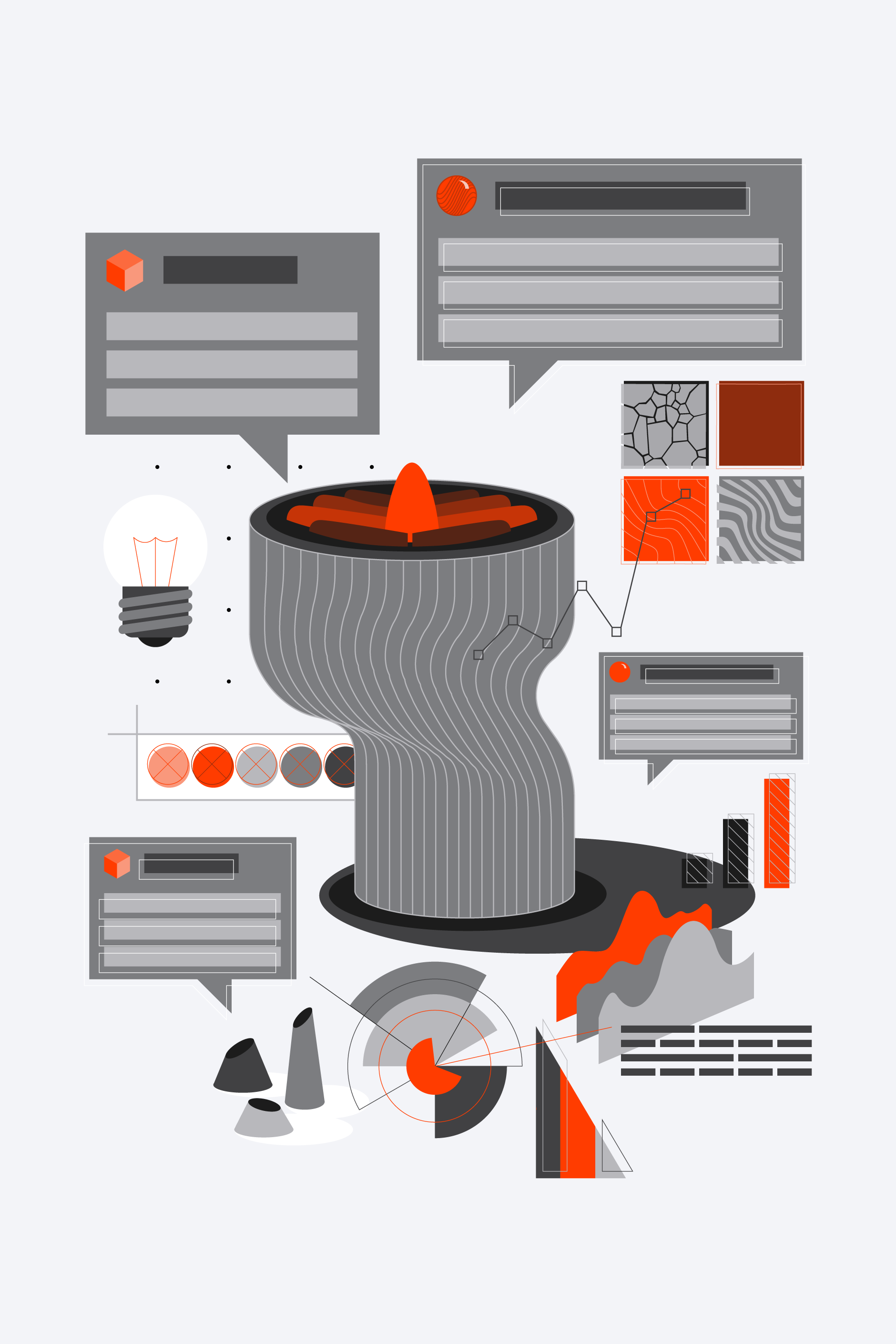


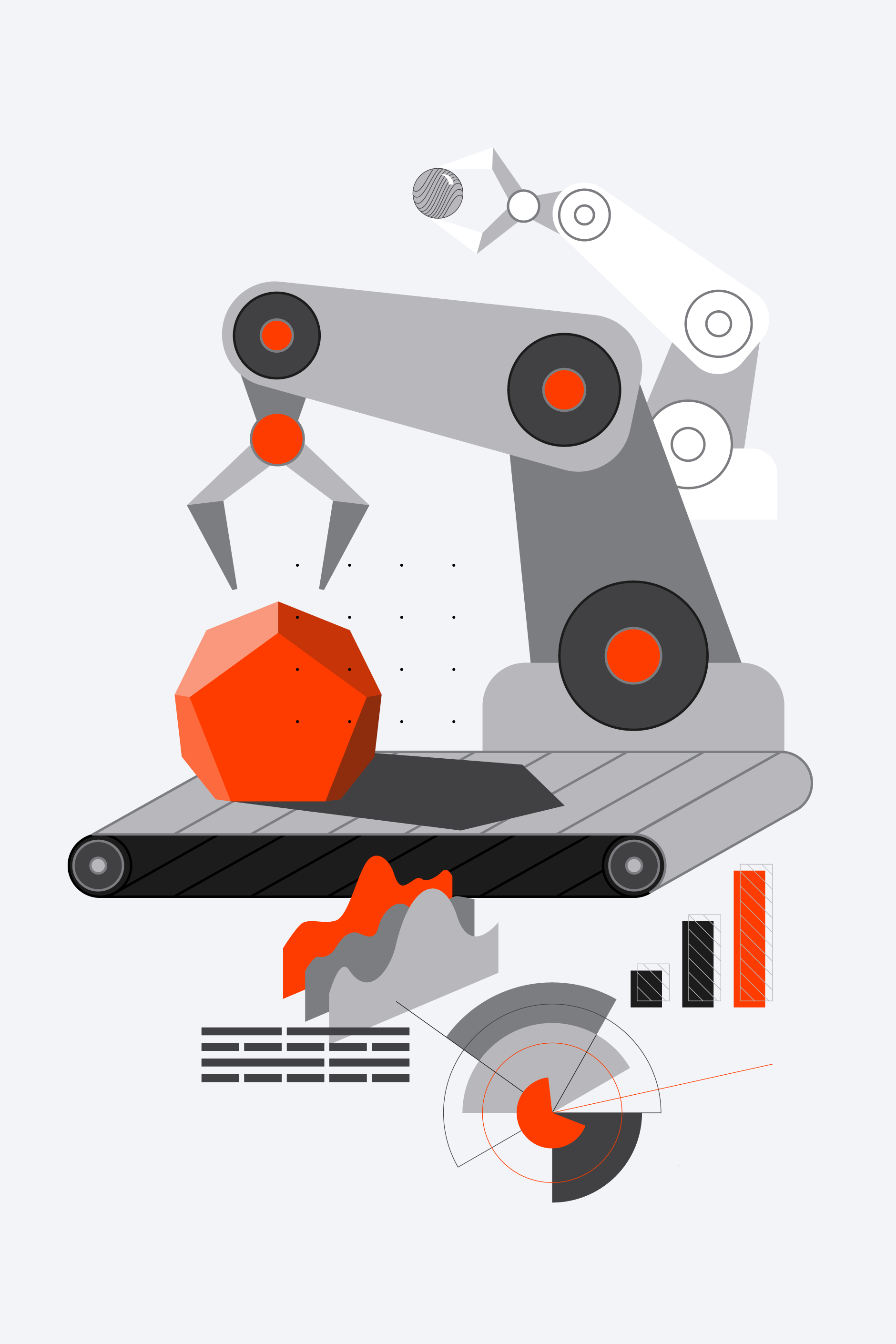
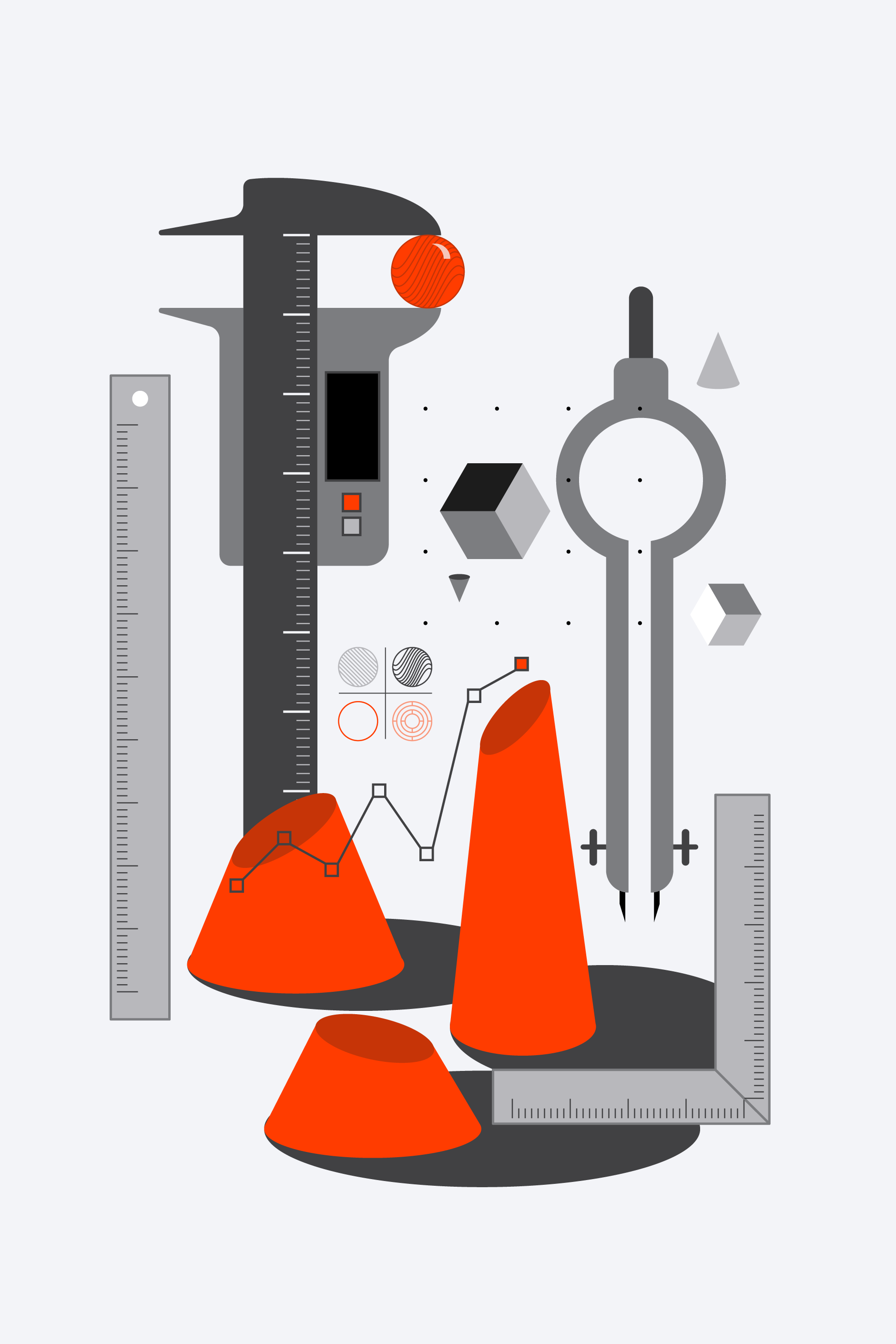
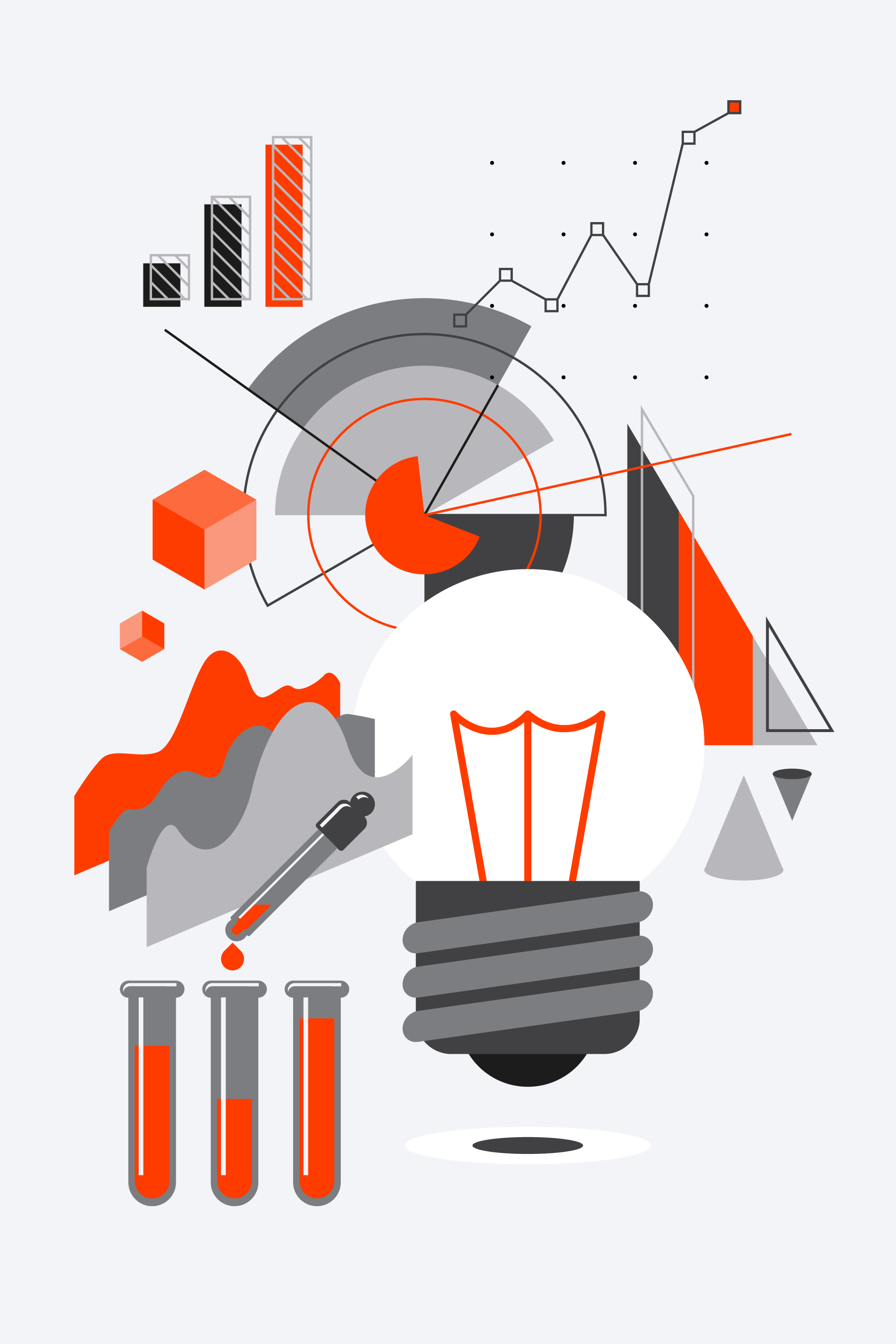
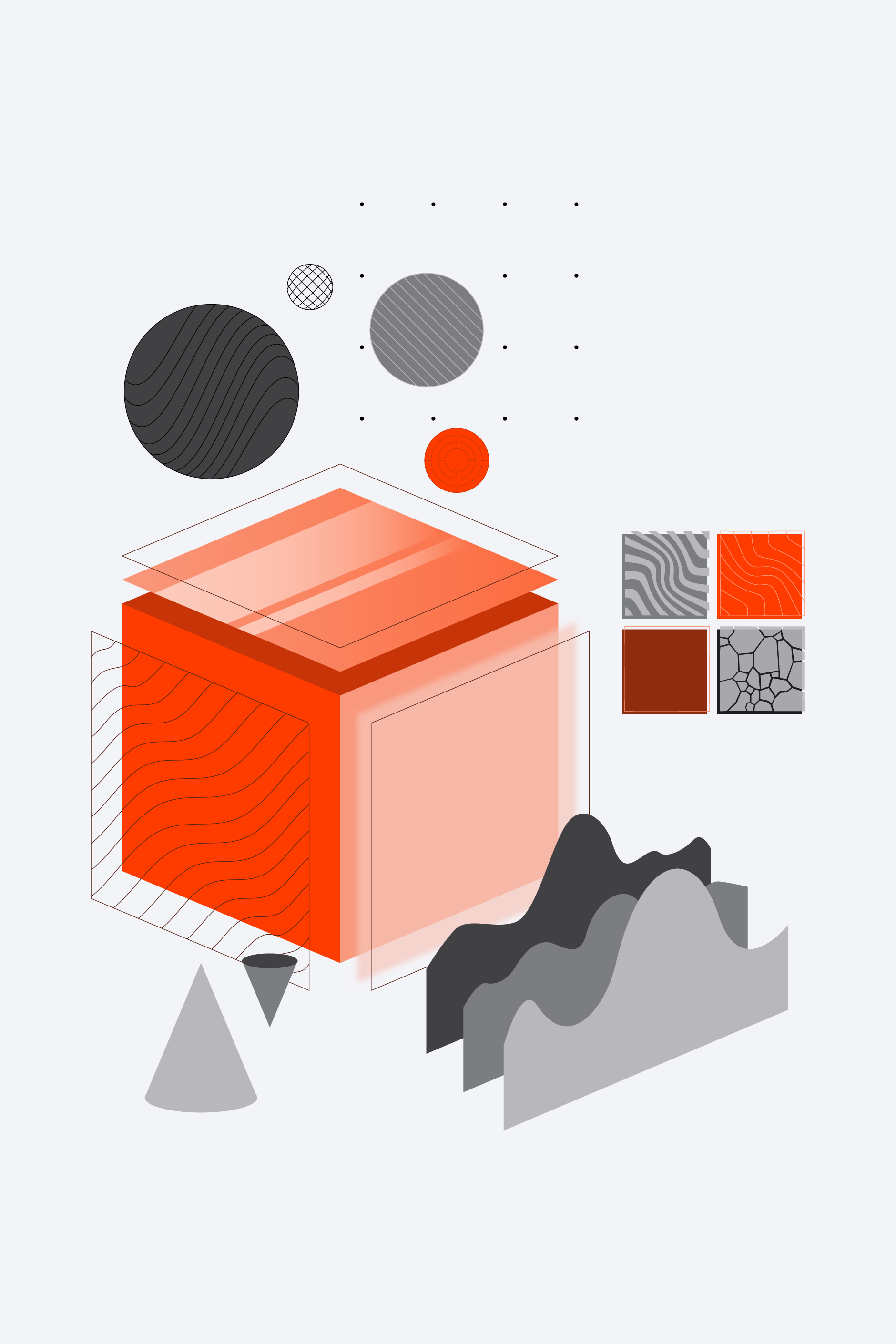
The website UI/UX of Fibometry has been designed to be as modular and responsive as possible, keeping a mobile-first approach, but also not neglect users, who would browse from their desktop computer/work station.
While iterating the website layout, we have discovered that during manufacturing a physical product, various elements of it can be produced using different additive manufacturing methods, as well as combining the technologies at hand by Fibometry. For this we had to look for a solution that refers to the endless possibilities 3D printing provides.
Hotspots and modular blocks are the cornerstones of the Fibometry website, where images, typography and illustration all adding to the interactive experience.

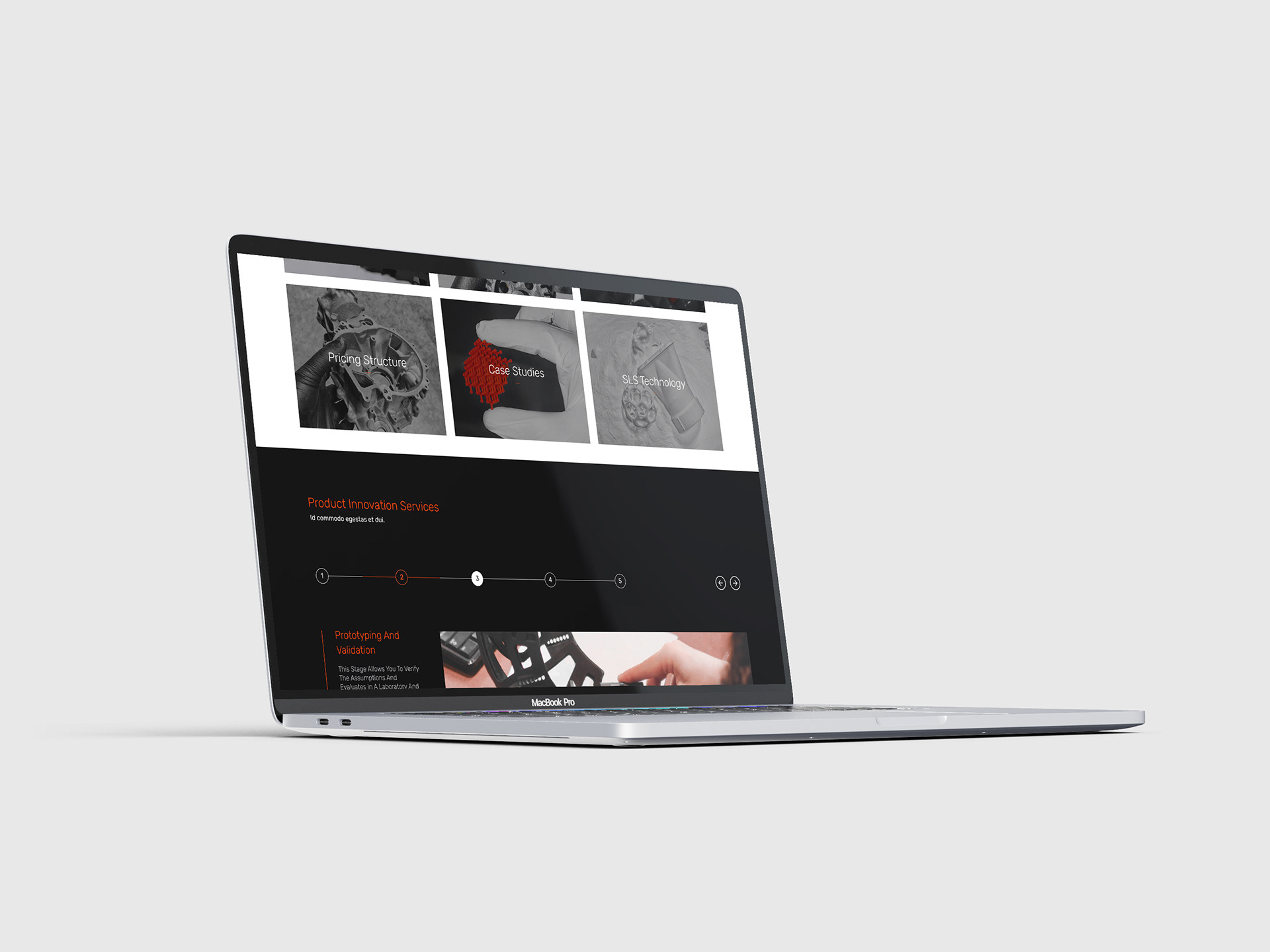
In the focus of Fibometry UI/UX there is simplicity, user-friendly design and straightforward conversion.
Apple, iOS and the MacBook Pro is the intellectual property and trademark of Apple Inc., registered in the US and other countries.
Special thanks for the mockups to Mr. Mockup, Mockups-Design and Deal Jumbo.
